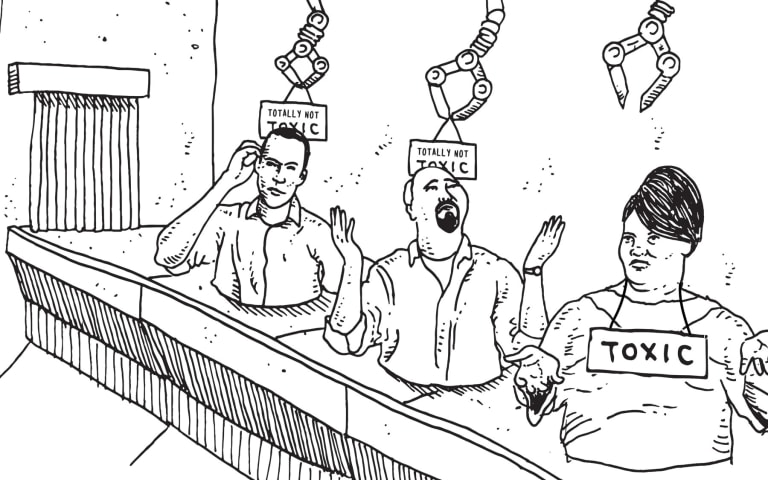概要: NVIDIA の StyleGAN を搭載した画像アップスケーリング ツール PULSE は、白人の特徴を持つ顔をより多く生成したと報告されているが、AI の学者、エンジニア、研究者の間では、偏見の原因がどこにあるのかについて意見が一致していない。
推定: Duke researchersが開発し提供したAIシステムで、people having non-Caucasian facial featuresに影響を与えた
Risk Subdomain
A further 23 subdomains create an accessible and understandable classification of hazards and harms associated with AI
1.1. Unfair discrimination and misrepresentation
Risk Domain
The Domain Taxonomy of AI Risks classifies risks into seven AI risk domains: (1) Discrimination & toxicity, (2) Privacy & security, (3) Misinformation, (4) Malicious actors & misuse, (5) Human-computer interaction, (6) Socioeconomic & environmental harms, and (7) AI system safety, failures & limitations.
- Discrimination and Toxicity
Entity
Which, if any, entity is presented as the main cause of the risk
AI
Timing
The stage in the AI lifecycle at which the risk is presented as occurring
Post-deployment
Intent
Whether the risk is presented as occurring as an expected or unexpected outcome from pursuing a goal
Unintentional
インシデントレポート
レポートタイムライン
Loading...
It’s a startling image that illustrates the deep-rooted biases of AI research. Input a low-resolution picture of Barack Obama, the first black president of the United States, into an algorithm designed to generate depixelated faces, and the…
Loading...

A new computer vision technique that helps convert blurry photos of people into fake, realistic images has come under fire for being racially biased towards white people.
The tool known as PULSE was introduced by a group of researchers from…
バリアント
「バリアント」は既存のAIインシデントと同じ原因要素を共有し、同様な被害を引き起こし、同じ知的システムを含んだインシデントです。バリアントは完全に独立したインシデントとしてインデックスするのではなく、データベースに最初に投稿された同様なインシデントの元にインシデントのバリエーションとして一覧します。インシデントデータベースの他の投稿タイプとは違い、バリアントではインシデントデータベース以外の根拠のレポートは要求されません。詳細についてはこの研究論文を参照してください
似たようなものを見つけましたか?
よく似たインシデント
Did our AI mess up? Flag the unrelated incidents
よく似たインシデント
Did our AI mess up? Flag the unrelated incidents



